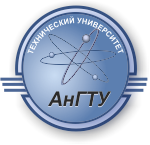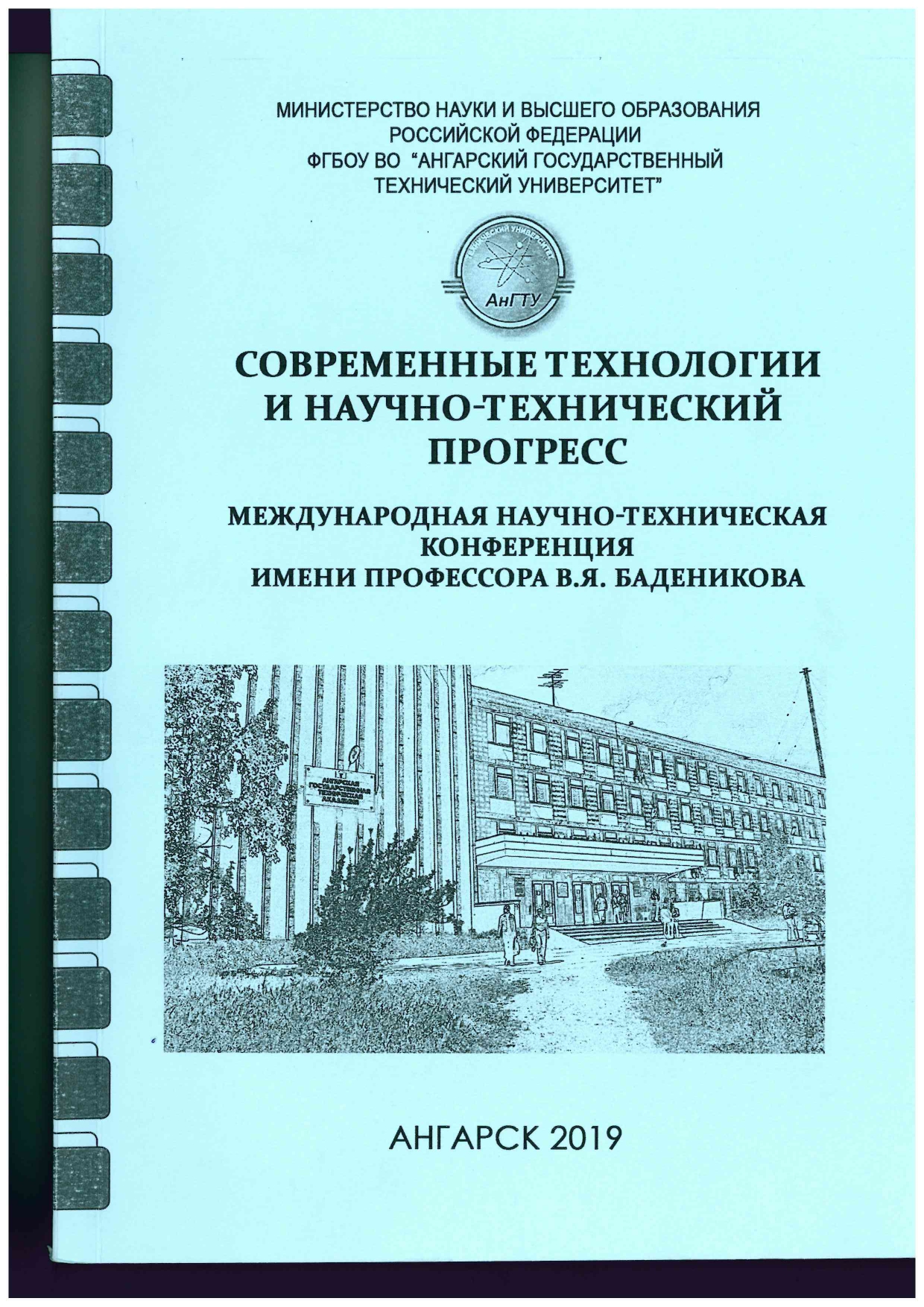УДК 544 Физическая химия
Проведен квантово-химический расчет структур кверцетина (Qu) и его комплексов с Ti (IV) в газовой фазе и представлены наиболее вероятные структуры комплексов
кверцетин, металл, комплекс, DFT-расчеты
Quercetin (Qu) is the aglycone form of several other flavonoid glycosides such as rutin and quercitrin that are found in citrus fruits, buckwheat, and onions. It is a polyphenolic compound that exists as glucosides in vegetables or fruits [1]. Quercetin has various properties that have a positive effect on the human body [2]. Another advantage of this polyphenolic compound is its ability to form complex compounds with various metals [3], such as: Cr(III) [4], Cu(II) [5], Al(III) [6]. In the literature contains works that describe quercetin complexes with metals from the standpoint of quantum chemistry [6-7]. There is practically no information about the formation of a complex compound of quercetin with one of the representatives of the d-elements, or more
|
precisely with titanium. In one of the studies an attempt was made to obtain a complex compound of Ti (IV) with Qu using a spectrophotometric method and optimal conditions for its formation were found [8]. The aim of this work is to study this complex compound from the point of view of quantum chemistry. Energetically optimized structures of Qu (Figure 1) and its titanium complexes (Figure 2, a, b, c, d) were obtained using density functional theory (DFT) calculations with the B3LYP 6-31++G(d,p) basis set level using ORCA software, with Avogadro as the visualizer. |
Figure 1 – Optimized structures of Qu E(h) = -1104,2407 |
|
|
|
Figure 2 – Optimized structures of complexes of Qu with Ti (IV):
a) E(h) = -2029,6026; b) E(h) = -2104,9155
Of the large number of calculated Qu complexes with Ti (IV), the most stable of them are shown in Figure 2. In the future, we plan to make calculations taking into account the influence of the environment.
1. Min-Jung Ko, Chan-Ick Cheigh, Sang-Woo Cho, Myong-Soo Chung. Subcritical water extraction of flavonol quercetin from onion skin // Food Engineer-ing. – 2011. – V. 10. – № 4. – Р. 327-333.
2. Veiko, A. G., Ilyich, T. V., Lapshina, E. A. and other. Quantum-chemical modeling of the electronic structure of quercetin and inhibition of lipid peroxidation in rat mitochondria and erythrocytes by quercetin and the quercetin-hydroxypropyl-β-cyclodextrin complex // Bulletin of the National Academy of Sciences of Belarus. Series: Biological Sciences. – 2018. – Vol. 63. – № 4. – P. 500-512.
3. Zhaowenbin Zhang, Wenbo Li, Di Chang and other. A combination therapy for androgenic alopecia based on quercetin and zinc/copper dual-doped mesoporous silica nanocomposite microneedle patch // Bioactive Materials. – 2023. – V. 24. – P. 81-95.
4. Chen, W., Sun, S., Cao, W., Liang, Y., Song, J. Antioxidant property of quercetin–Cr(III) complex: The role of Cr(III) ion // Molecular Structure. – 2009. – V. 918. – № 1-3. – P. 194-197.
5. Bukhari, S. B., Memon, S., Mahroof-Tahir, M., Bhanger, M. I. Synthesis, characterization and antioxidant activity copper–quercetin complex // Spectrochimica Acta Part A: Molecular and Biomolecular Spectroscopy. – 2009. – V. 71. – № 5. – P. 1901-1906.
6. Cornard, J. P., Merlin, J. C. Spectroscopic and structural study of complexes of quercetin with Al (III) // Inorganic Biochemistry. – 2002. – V. 92. – № 1. – P. 19-27.
7. Srivastava, T., Mishra, S. K., Tiwari, O. P. and other. Synthesis, characterization, antimicrobial and cytotoxicity evaluation of quaternary cadmium (II)- quercetin complexes with 1,10-phenanthroline or 2,2’-bipyridine ligands // Biotechnology & Biotechnological Equipment. – 2020. – V. 34. – № 1. – P. 999-1012.











